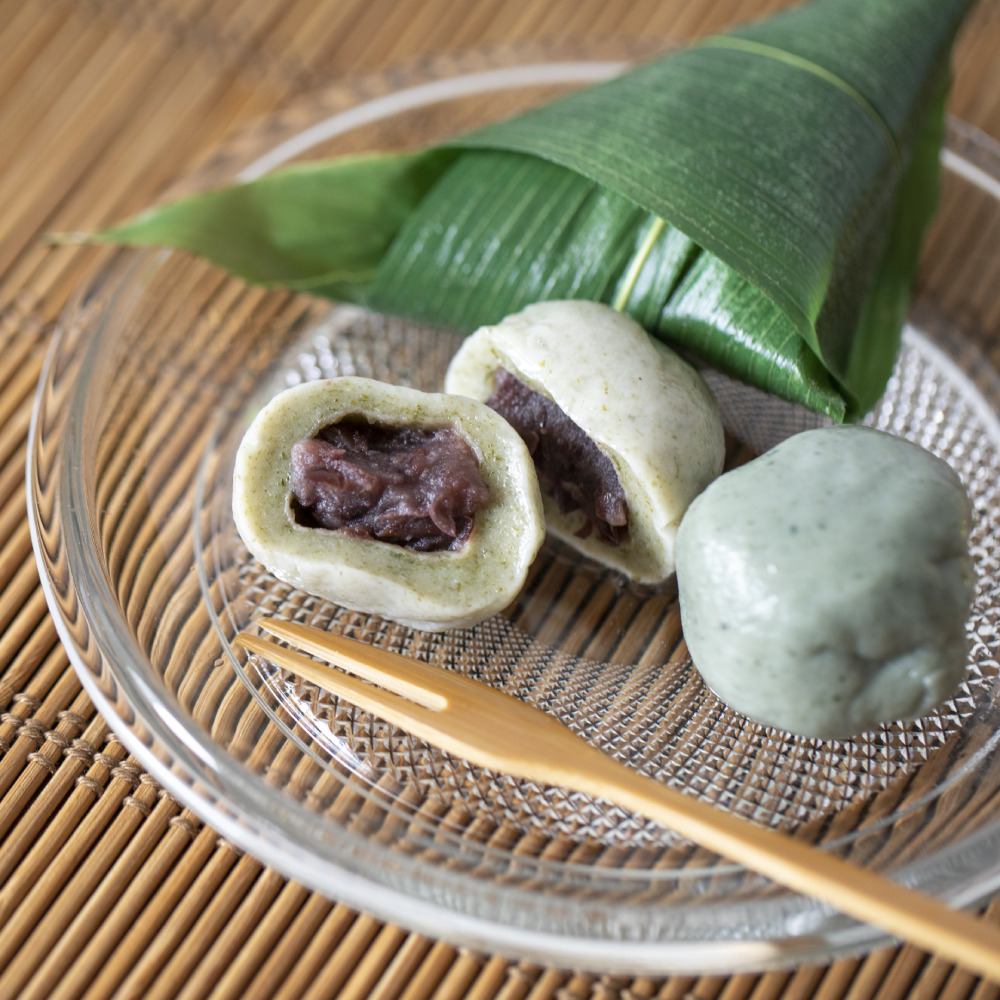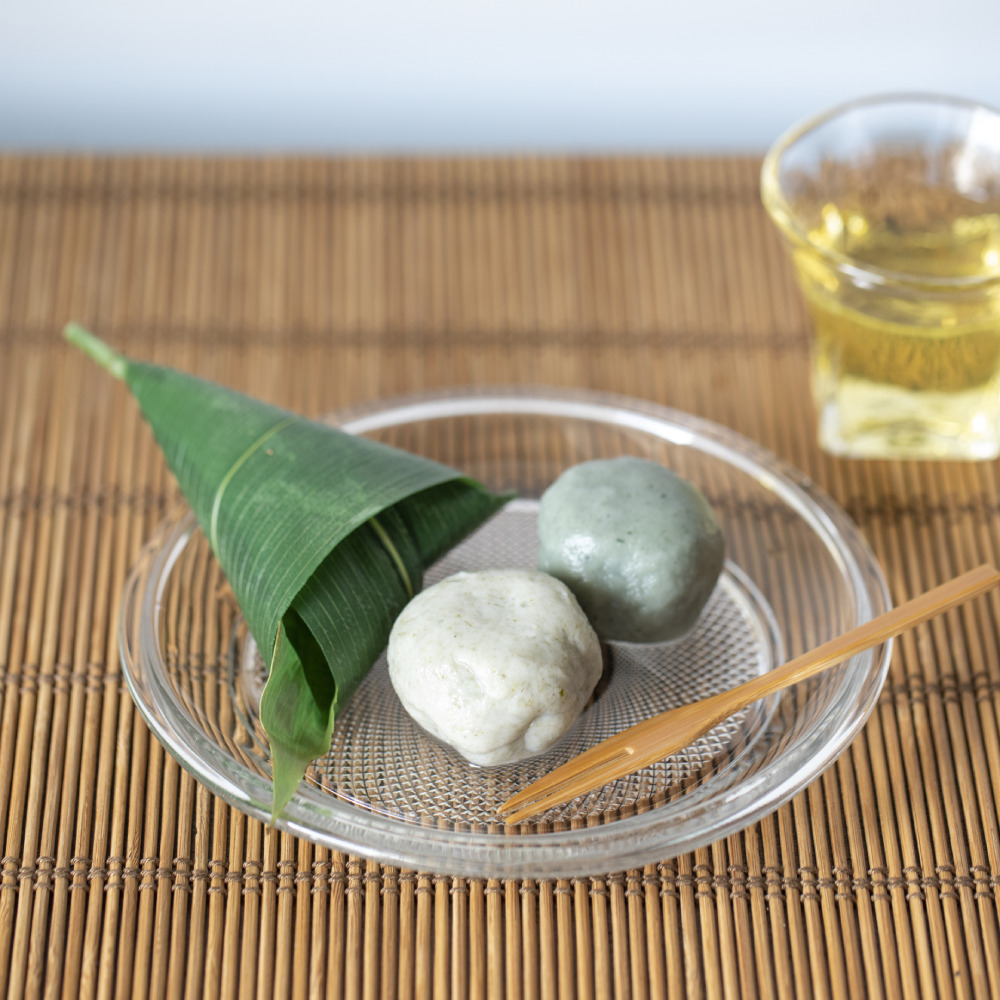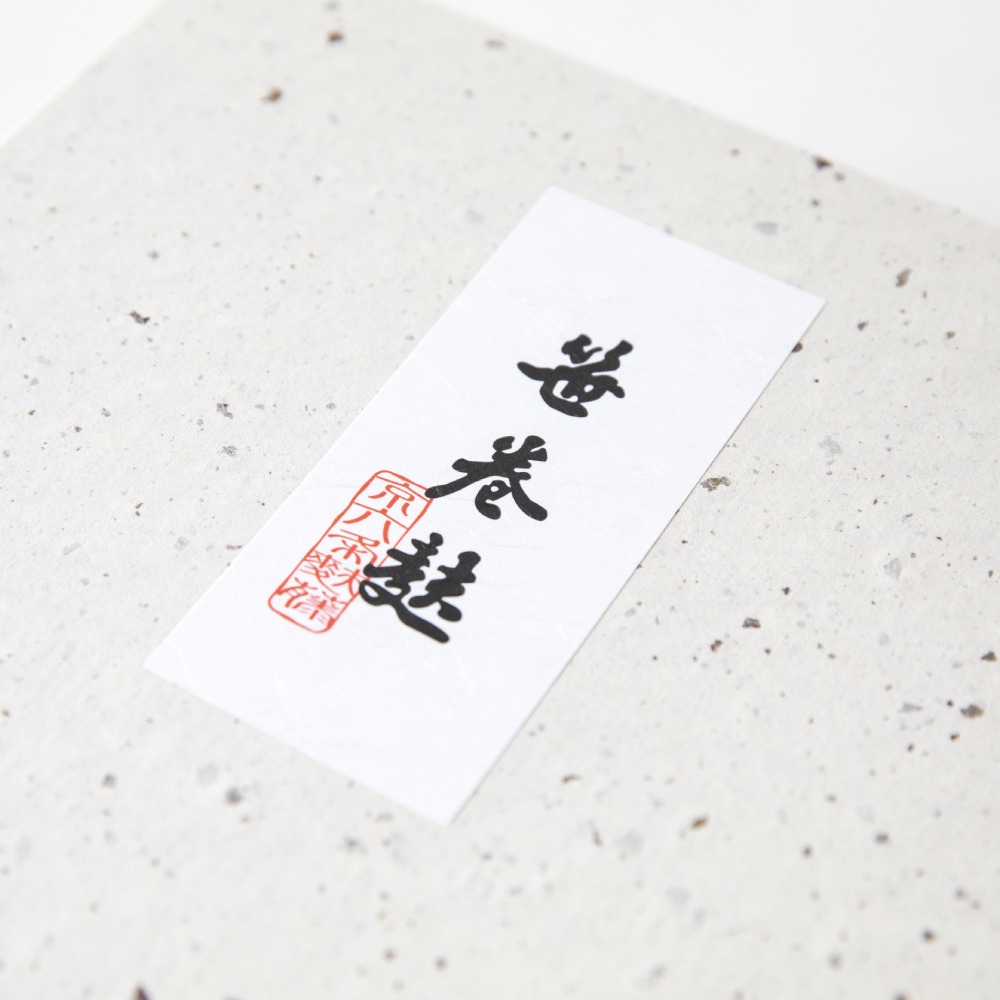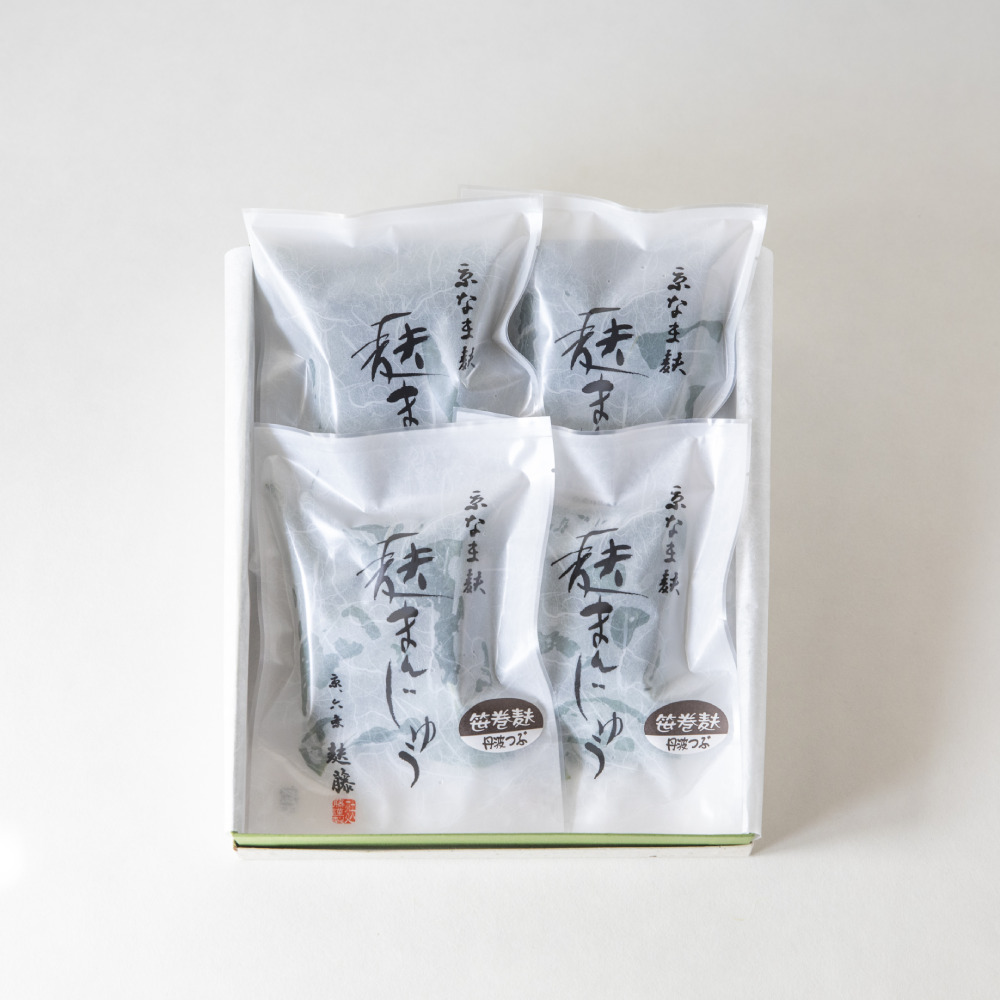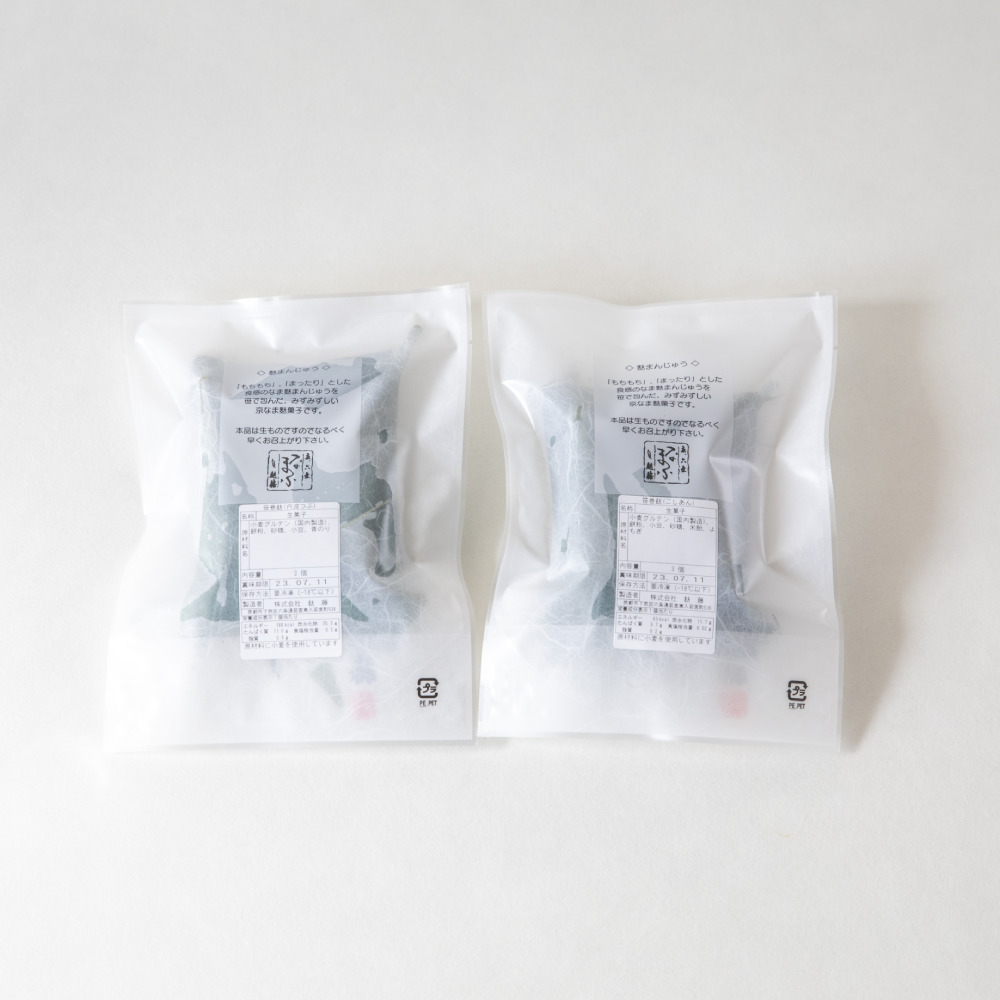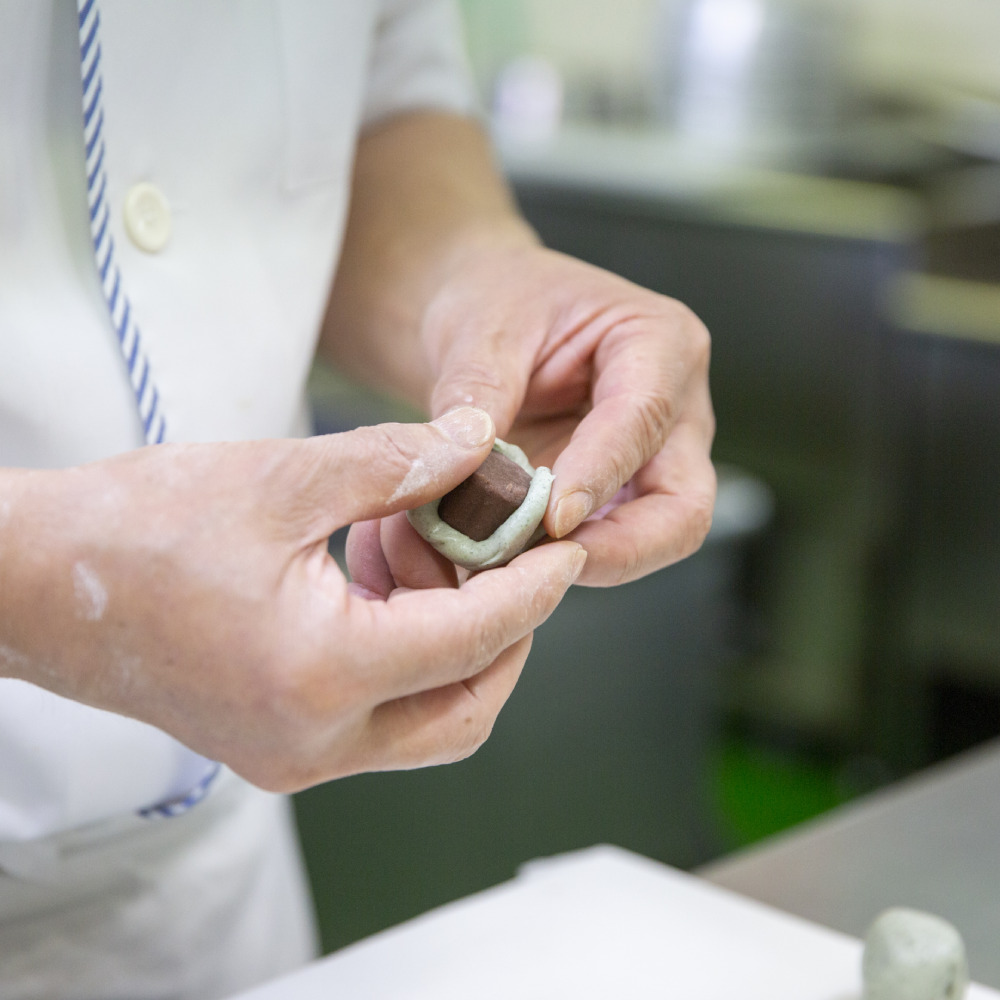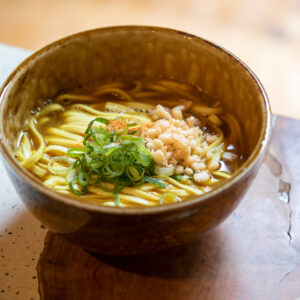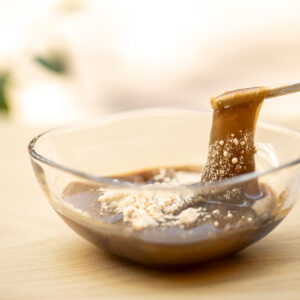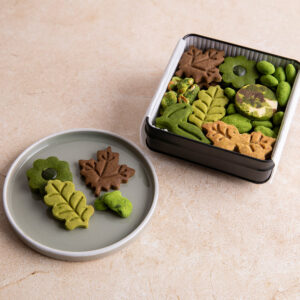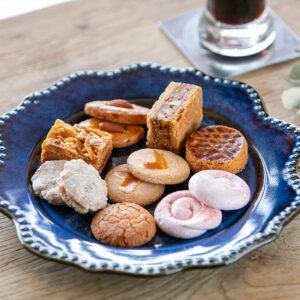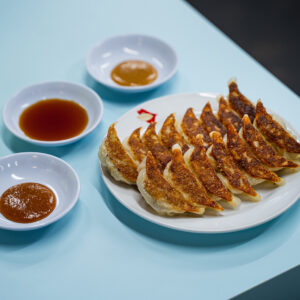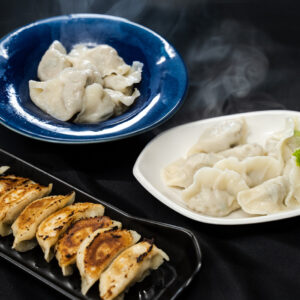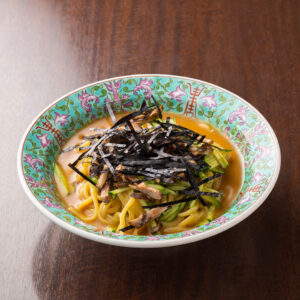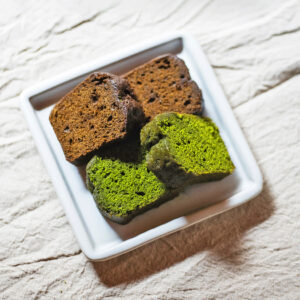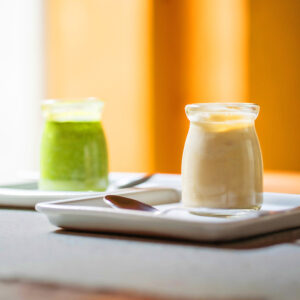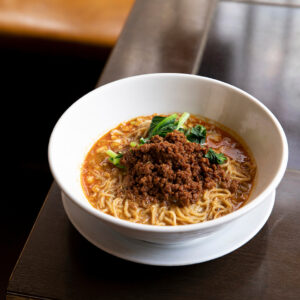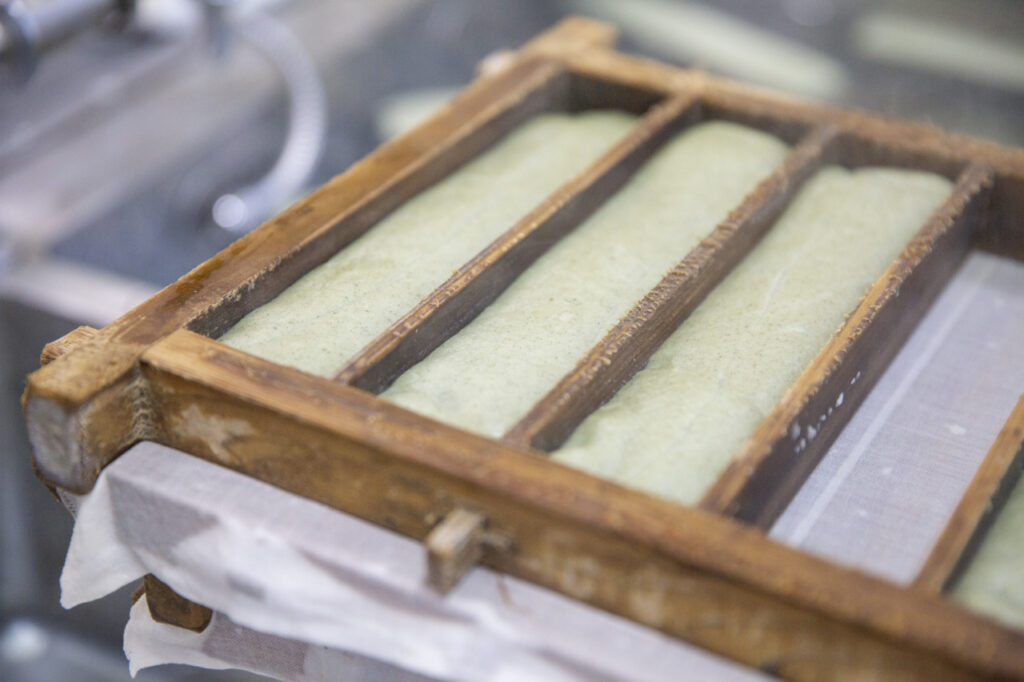
Namafu has a history of being brought to Kyoto by Zen monks as an ingredient in vegetarian cuisine at the end of the Kamakura period. Namafu, which is indispensable for Kyoto cuisine, kaiseki, and hot pot dishes, has been especially valued and loved in Kyoto. Established in 1853 (Kaei 6) near Higashi Honganji and Nishi Honganji, [Rinto] is a shop that inherits the traditional method of making namafu. It is still handmade by craftsmen using a family tradition using carefully selected materials.
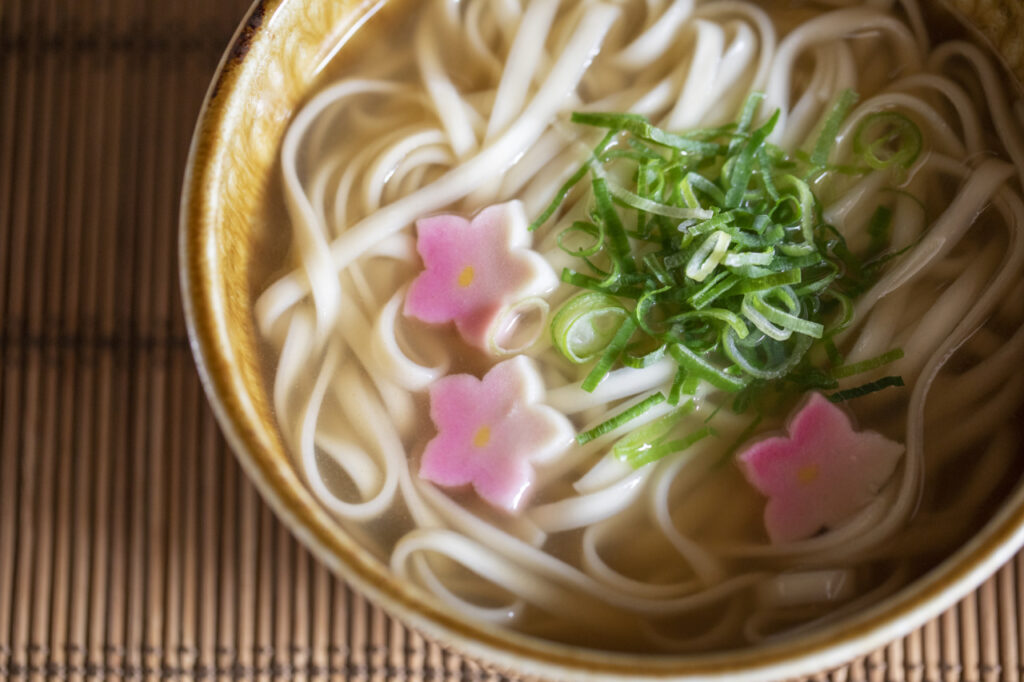
[Yuto]'s raw gluten is made by mixing mochi powder with gluten refined from wheat flour and steaming or boiling it, and it has a unique texture that is mellow, chewy, and has just the right amount of elasticity. Namafu also has the ability to be freely crafted into colors and shapes, allowing you to create a sense of the season and add color to your dishes. There are many beautiful Namafu products such as Hanafuji and Temarifuji, which have motifs of seasonal plants such as Sakurafuji, Maple Fuji, and Maple Fuji. You will be amazed at the delicate craftsmanship of Hanafu, which is made by layering colored sheets of fuji and stretched to form a shape, and for temarifu, designs are drawn one by one using thin, stretched threads of fuji.
[Rinto] also has other products for people who are not familiar with namafu and don't know how to prepare it. You'll also want to try original flavors that make use of wheat gluten, such as Koyakufu, which has ingredients such as vegetables and minced chicken cooked in it, and Rokujofu, which is slowly cooked and fried in sesame oil.









